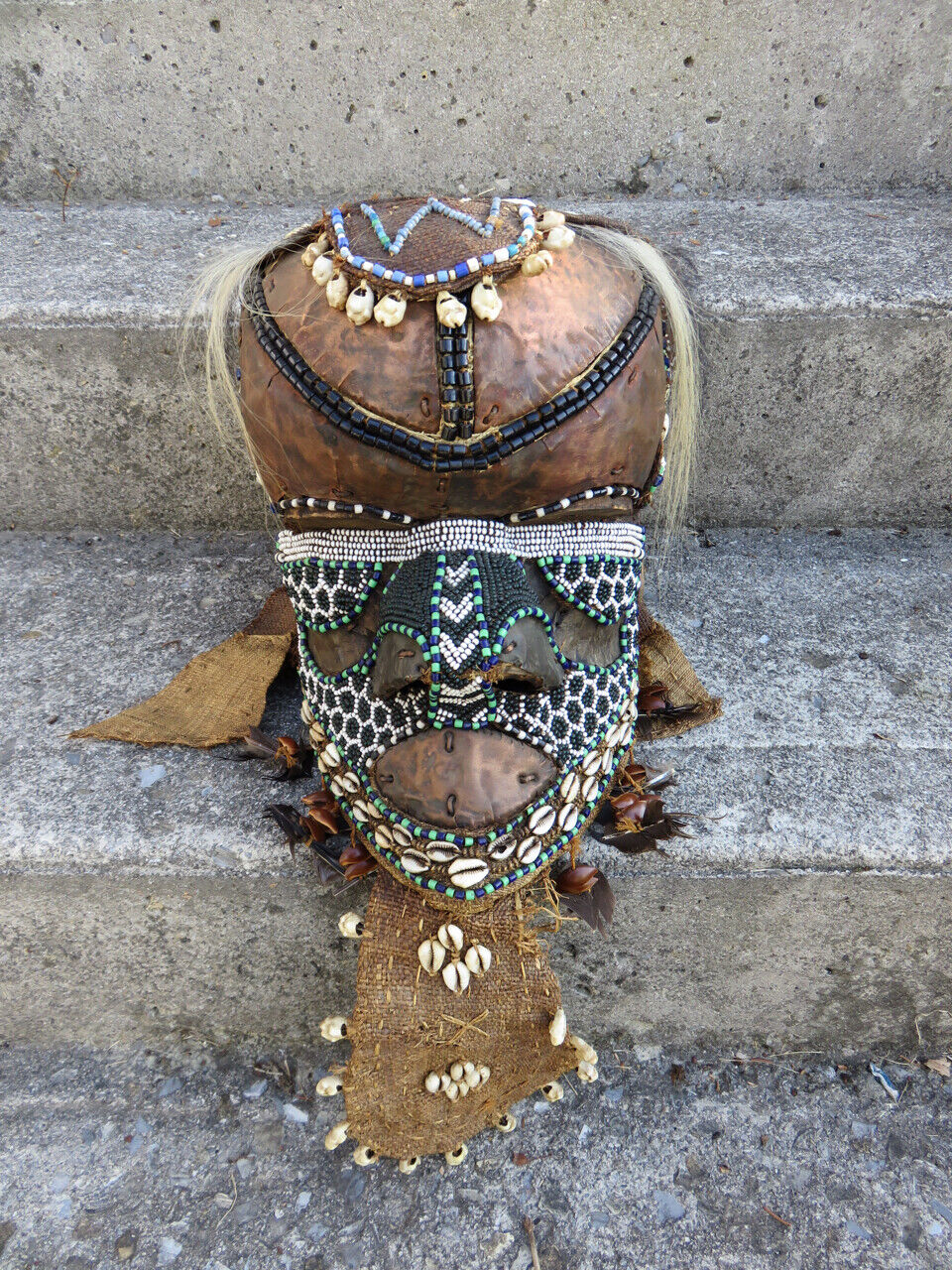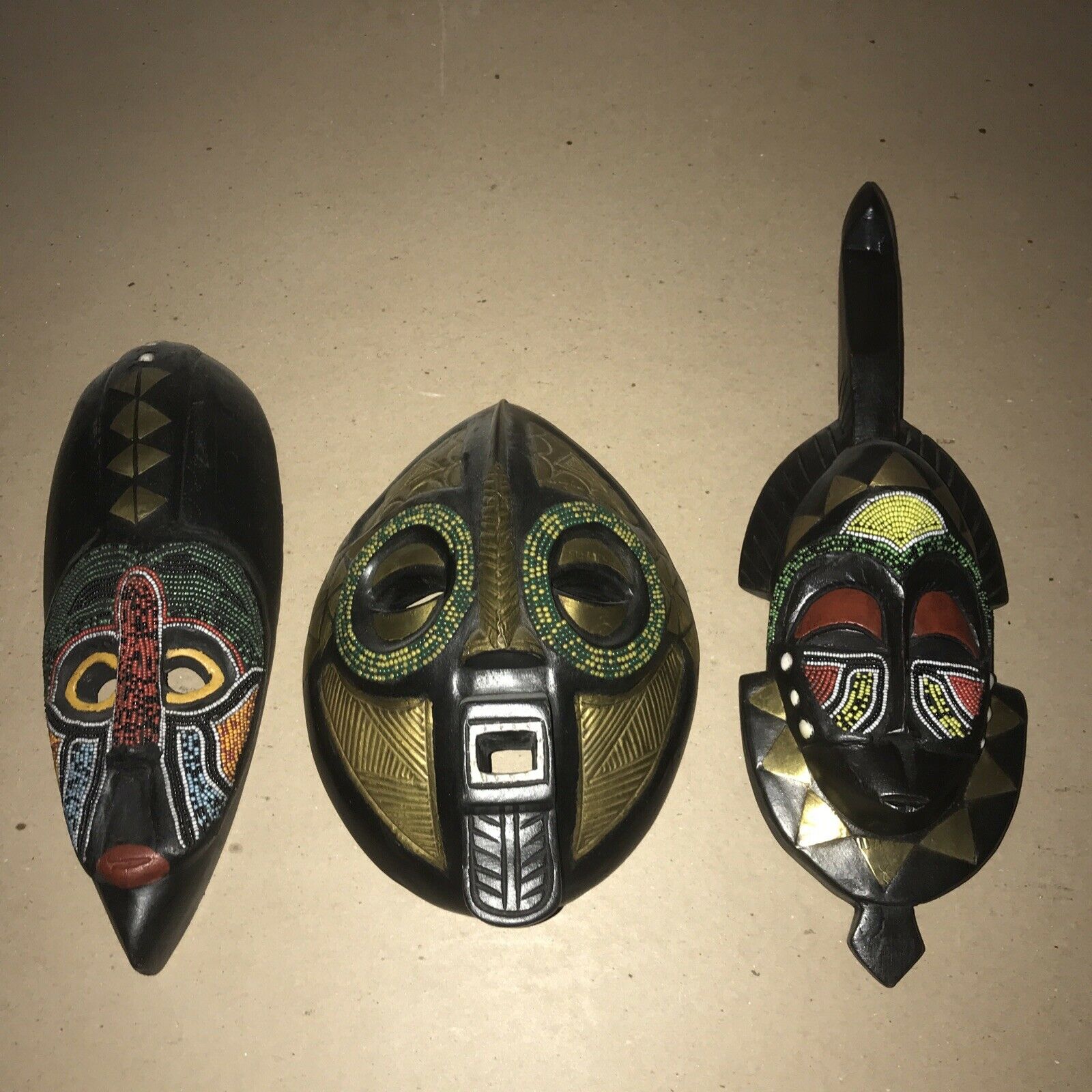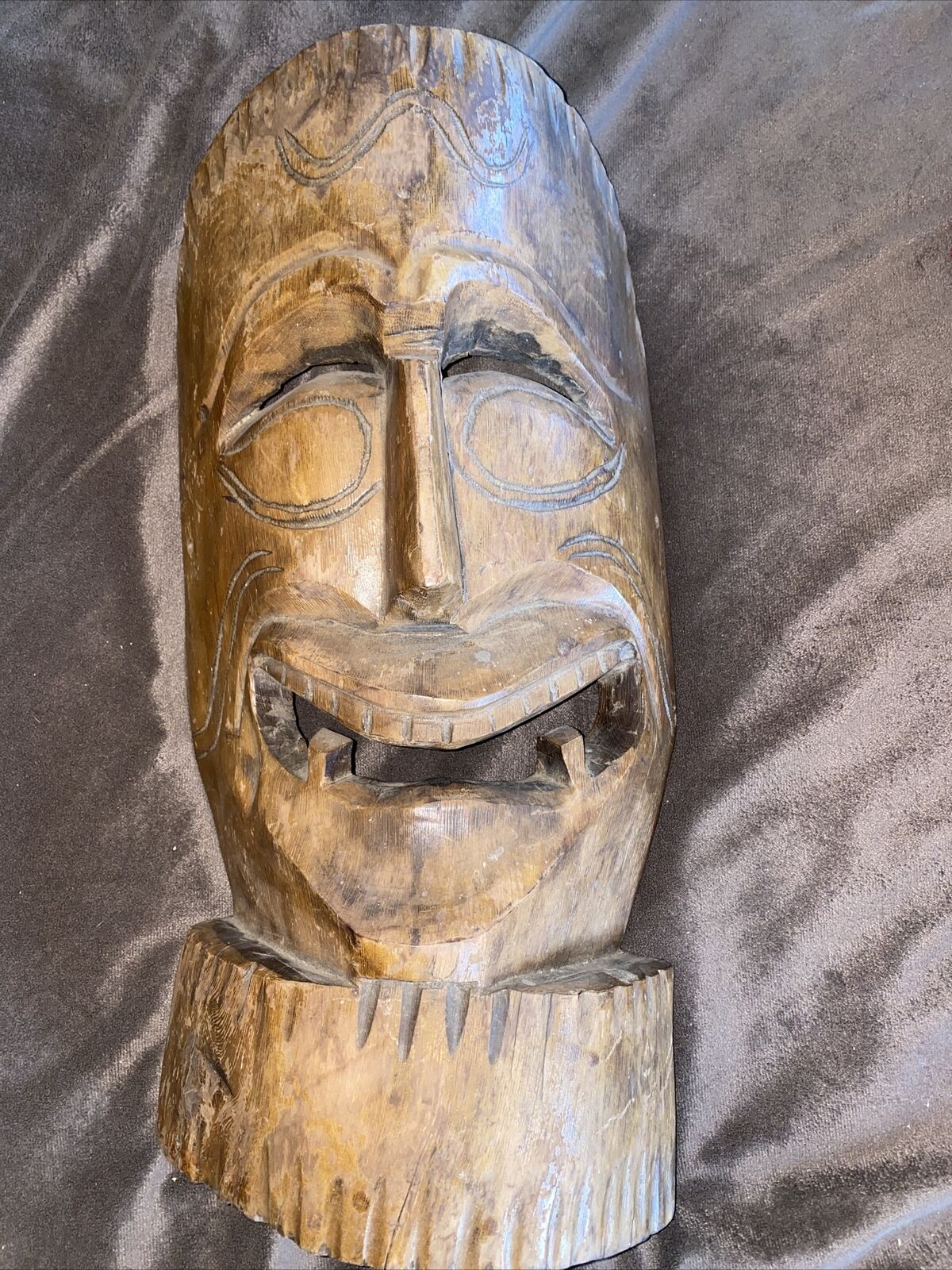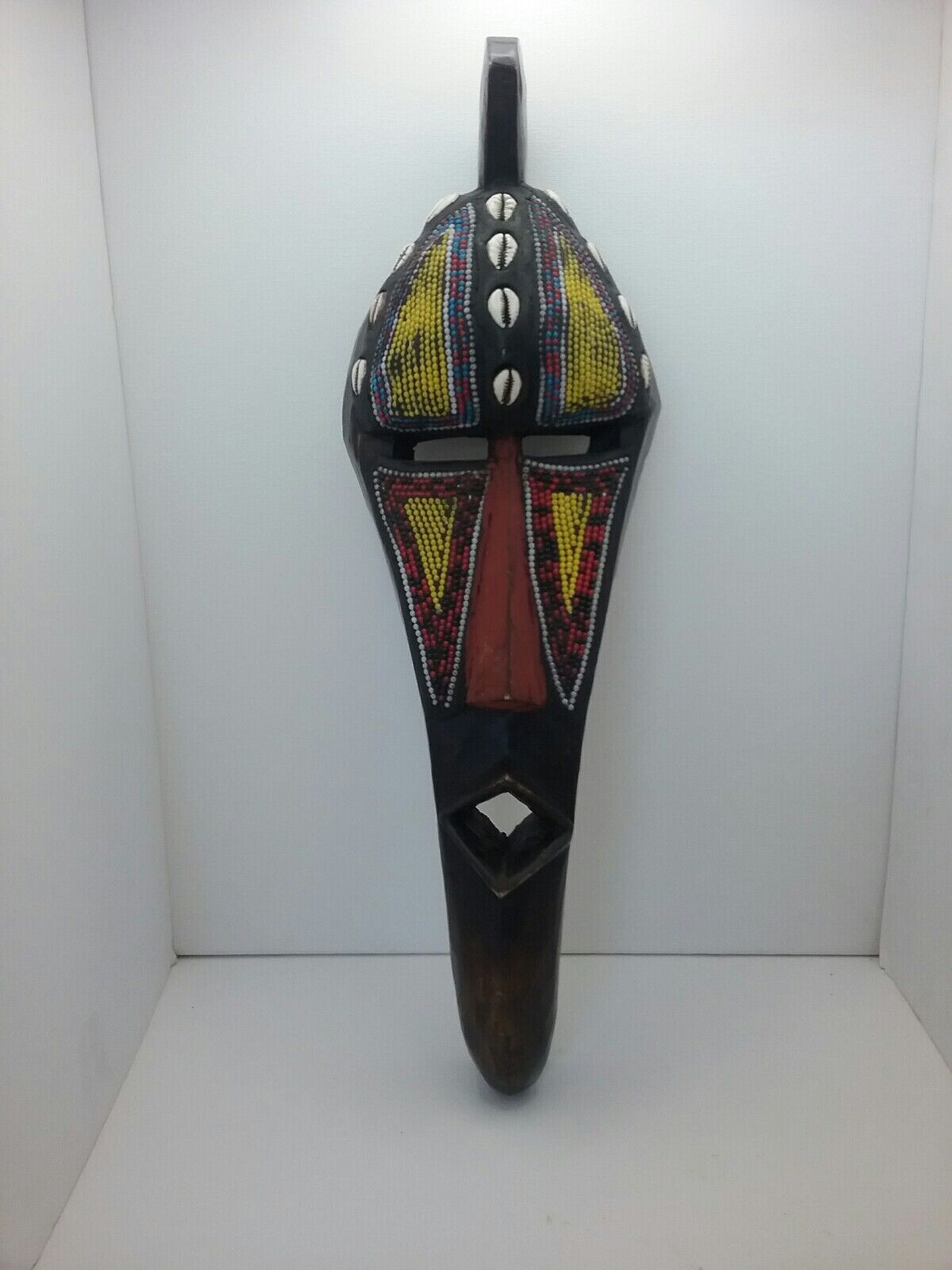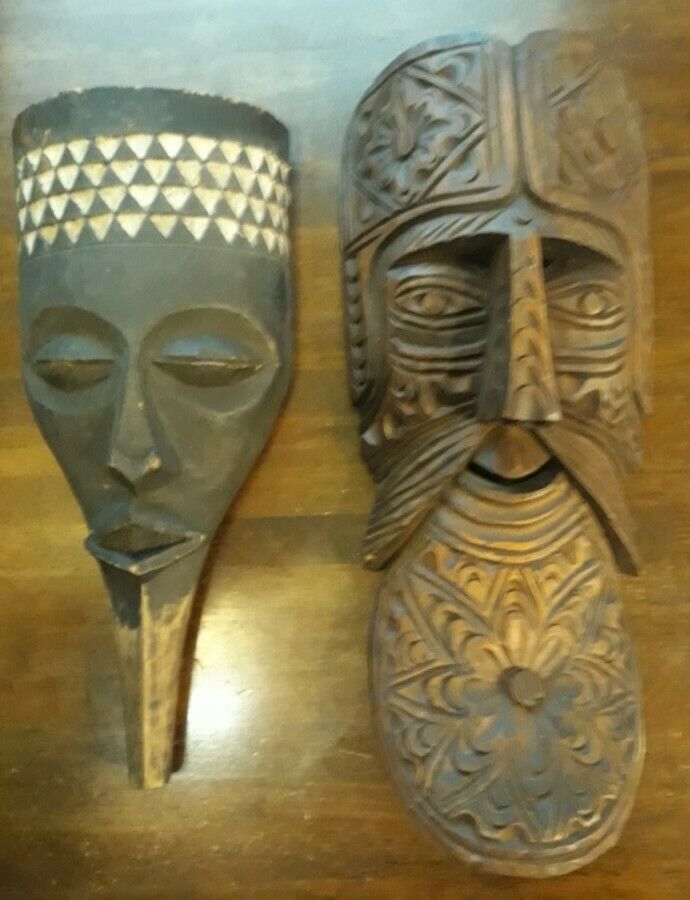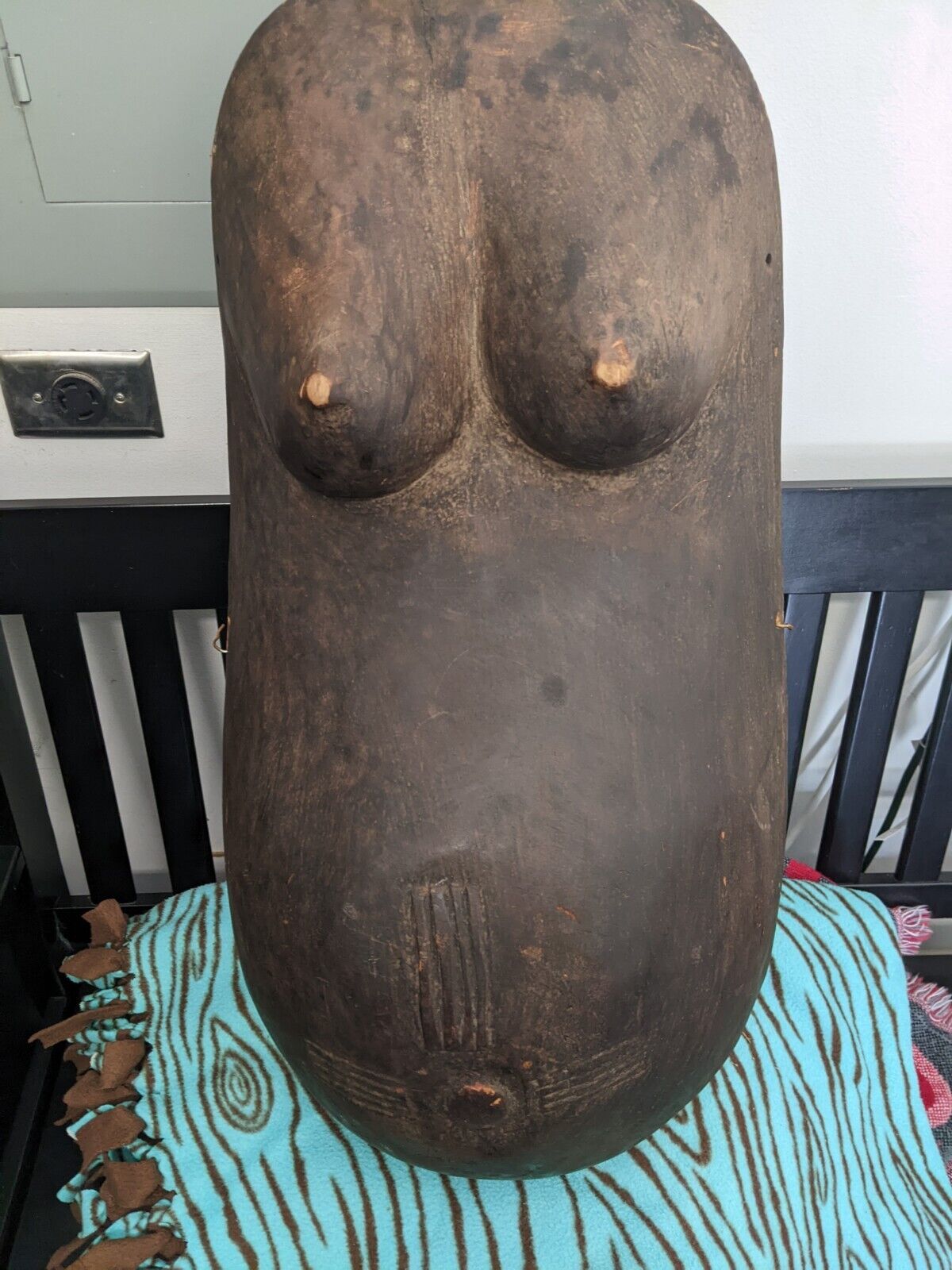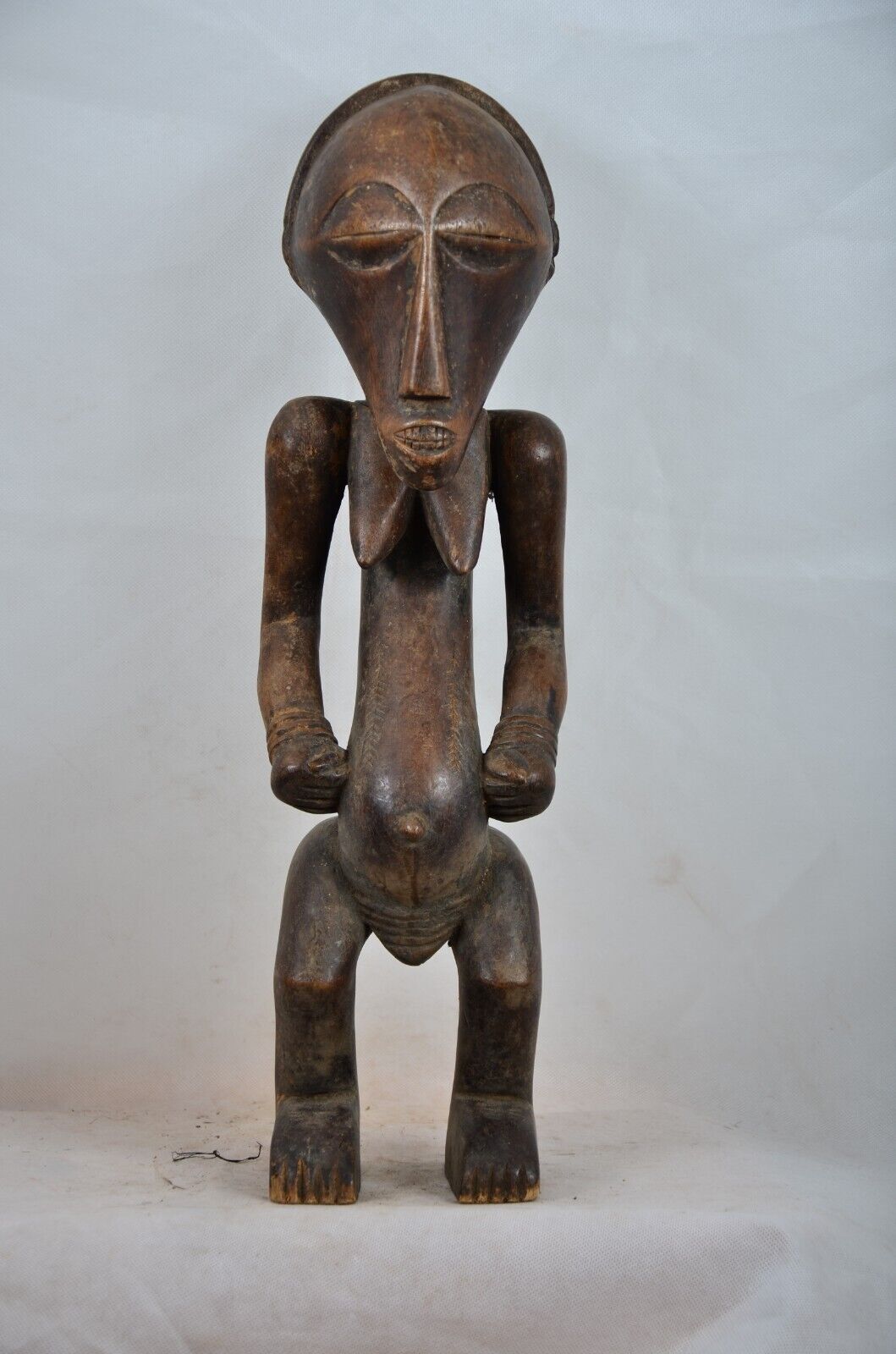-40%
Songye Nkishi Power Figure Congo African Art
$ 183.83
- Description
- Size Guide
Description
TitleSongye Nkishi Power Figure Congo African Art
Types of object
Statue
County of origin
Democratic Republic of congo
People
Songye
Materials
Wood
Approximate size
40cm--15.5 inches high/weight:2kg
SONGYE TRIBAL MORE INFORMATION
TYPES OF ART
There are numerous mask styles associated with the Songye. Power objects and objects associated with divination are also prevalent in Western collections. In the past many Songye objects have been misattributed to the Luba and vice versa.
HISTORY
Songye origins are shared with the Luba through a common mythical Songye ancestor known as Kongolo, who can be traced through lineages to the 16th century. The linguistic traditions of these neighboring peoples are intertwined as well. It is believed that the founders of the Songye emerged from the lake region in Shaba province to the south in the heart of the Luba homeland. The Lomani River divides Songye territory and marks the boundary of the areas invaded by the Luba. As a result of these geographic and political differences there emerged of two distinct social structures among the eastern and western Songye and two stylistic differences in art forms between the two areas.
ECONOMY
The Songye traditionally relied mostly on farming and hunting for subsistence. Because the rivers were associated with the spirits of deceased chiefs who were often buried in them, fishing was not practiced except in times of great need. The artistic wares of the Songye, including pottery made by women and weaving and metalworking done by men, were traded extensively with their neighbors. They were recognized as superior craftsmen, and their products were in great demand.
POLITICAL SYSTEMS
The Songye are divided into about thirty-five subgroups. The Yakitenge (paramount chief) and his advisers are the central power in Songye territory. Many of the subgroups were actually quite large, were often spread over many miles, and were densely populated. The markets in these areas attracted numerous artisans and traders from throughout the region. At one time, Bukishi was a dominant educational society which helped to maintain social control through the use of
kifibwe
masks, but it no longer functions to this degree except in the southeastern regions bordering on Luba territory.
RELIGION
The creator god of the Songye is Efile, although sacrifices are not made directly to him. Much attention is focused on familial ancestors, to whom sacrifices are made to encourage the well-being of the individual and the family.










